Philosophy
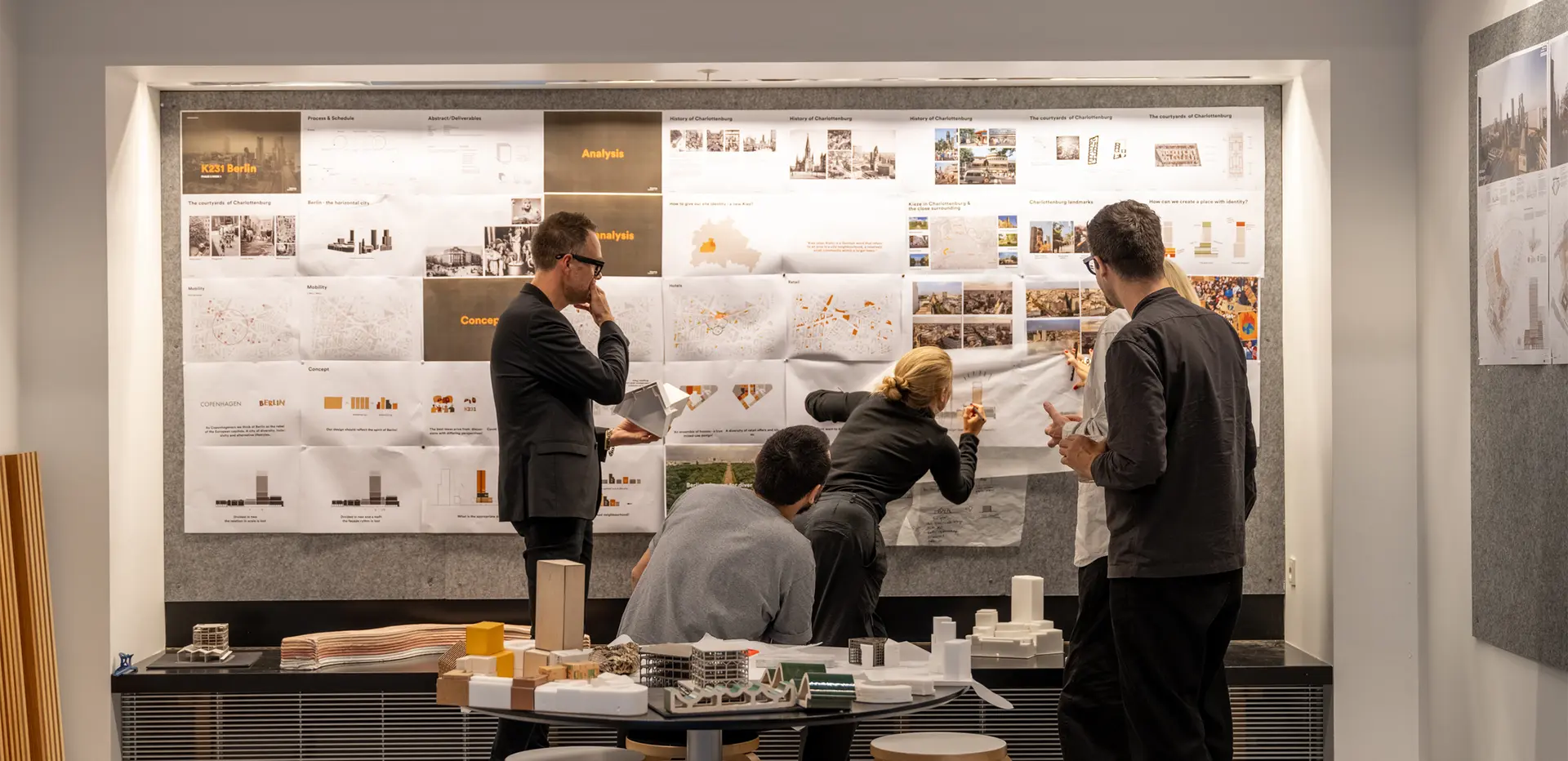
Design is a practice centered around future-making.
The way we see it, design is about seeing tomorrow as a space of opportunity and impact.
It asks us to confront the seemingly endless challenges the world currently faces and to carefully reimagine our built environment with thoughtful and creative vigor. To us, this stems from the understanding that a desirable future is not a destination, but rather an ongoing project - a steady and deliberate paradigm shift.
Designing our built environment is both a responsibility and a privilege; an undertaking that we approach with curiosity and compassion. It is these that allow us to navigate the connections and complexities that define our physical realm, ecological systems, and societies at large, resulting in truly meaningful and impactful spaces.
We embrace the unending call for adaptability and responsiveness, to work at the nexus of artistic sensitivity, innovation, and impact. We ask questions, seek new perspectives, challenge status quos, and remain in a continuous state of development.
At the core of our design philosophy is a consistent strive for new knowledge and a determined commitment to people, culture, and ecosystems.
At the core of our design philosophy is a consistent strive for new knowledge and a determined commitment to people, culture, and ecosystems.
Knowledge
Curiosity at our core
The nature of knowledge - much like the nature of architecture - is that it is forever building upon itself, evolving the way we consider and interact with the world.
Seeking new knowledge comes from a readiness to ask questions, challenge convention, embrace uncertainty, and be curious about the world around us.
Though not at all indicatives of his time, these are things that Henning instilled in our studio. He fostered a culture of curiosity that remains a definitive characteristic of our design community and the very backbone of our approach, with research invariably preceding the pull of the sketching paper.
Among other things, curiosity enables a kind of modest self-determination - a continuous push for new knowledge, exploration, and experimentation. Curiosity is about remaining in motion; it’s about being a work in progress.
Over the years, we’ve introduced researchers, engineers, computational designers, anthropologists, and other specialists into the fold to further our drive and do more with design.
These diverse perspectives encourage and enable us to look beyond what we previously understood to be possible. Our practice simply would not exist today without the diversity of expertise and thought that these have introduced to our methodology.
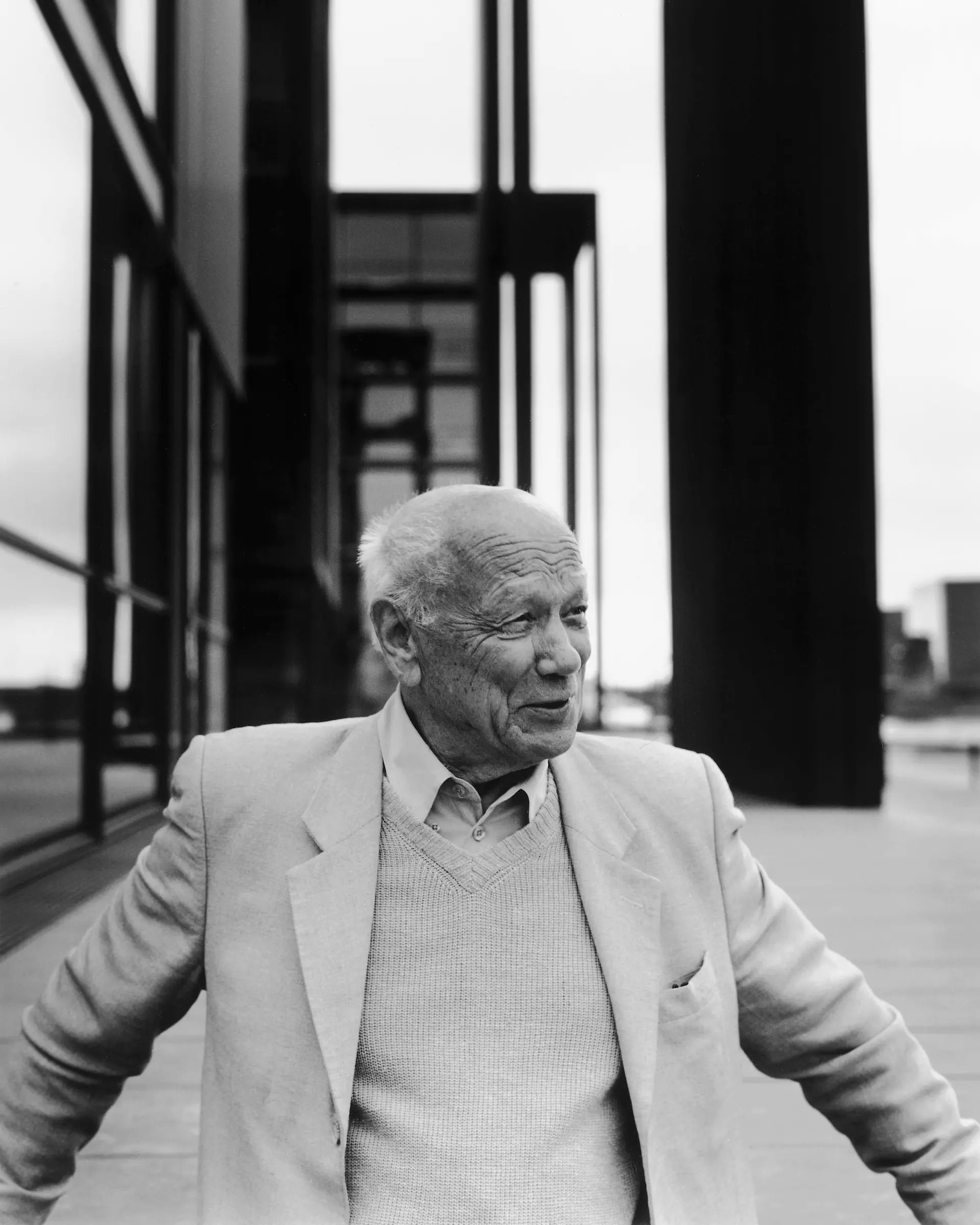
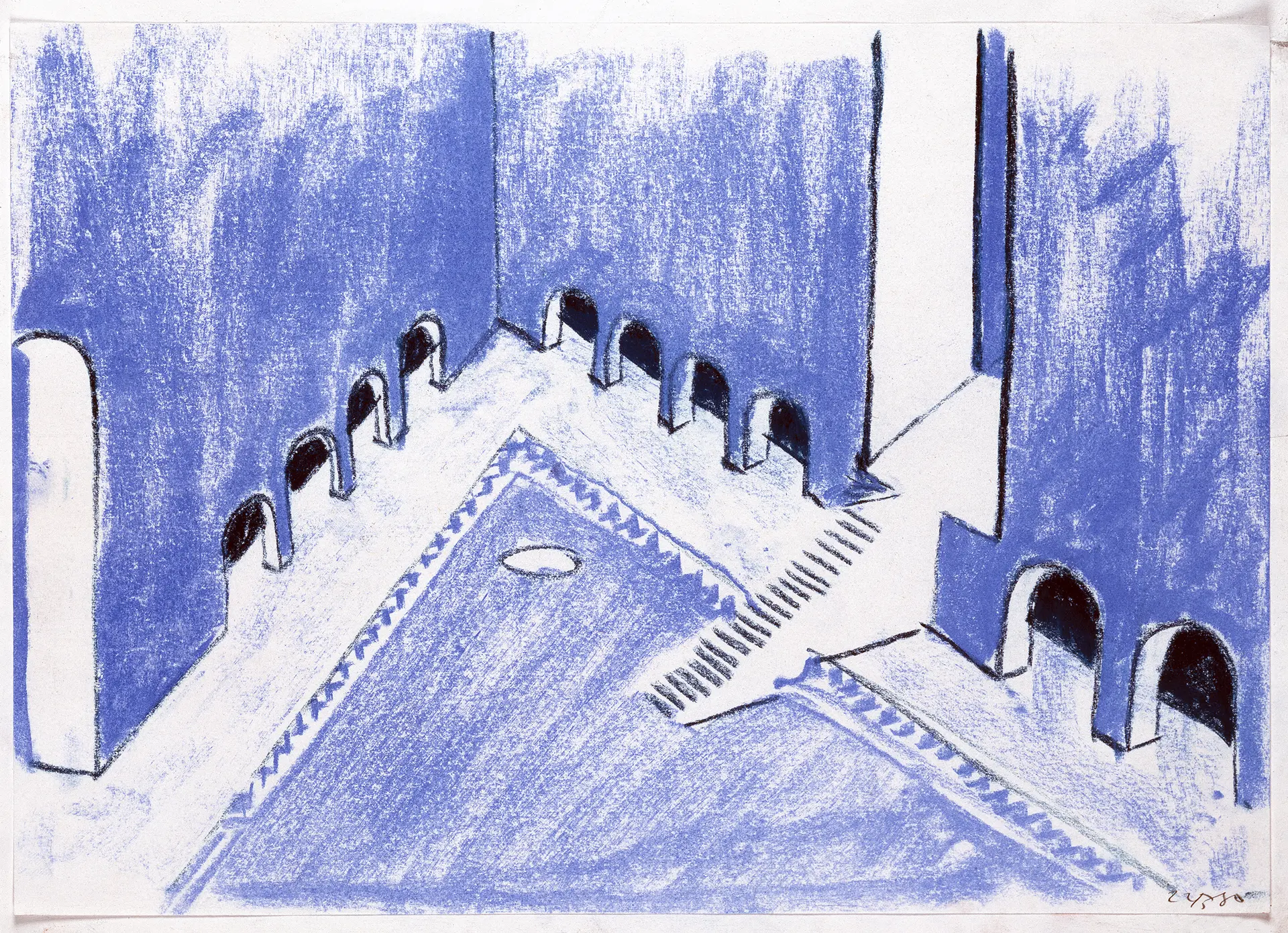


Context
One size fits none
Our approach to design is anchored in understanding and responding to context, an infinitely broad element that is at once both vague and fundamental.
No matter the scale or typology, contexts are boundless and messy. Whether working with the complexities of brownfield sites, surrounding buildings, local ecosystems, or regional climate, every project offers countless challenging aspects to unpack and explore. But the notion of context extends far beyond these spatial attributes, embodying all the immaterial and intangible forces that truly make a place – its stories and struggles, its cultures, its people.
Gathering the fine grains and qualities that make a place enables us to work with the context rather than against it. It allows us to understand space not only as it exists, but also how it can exist in the future. Refining these elements allows us to form the concept, articulate the ambition, and identify real opportunities for significant impact.
If this sounds impossibly broad, that’s because it is. Working contextually means committing ourselves to an investigative process lined with far more questions than answers.

Gathering the fine grains and qualities that make a place enables us to work with the context rather than against it.
People and culture
An intrinsically spatial experience
From kinship to housing, from mobility and well-being to recreation and remote work – spaces offer the backdrop to infinite individual and collective experiences.
Our sense of comfort, safety, security, our access to education, transport, employment opportunities, and more – all are intrinsically tied to the spaces in which our lives take place. Even as our world becomes increasingly digital, the social realm is never disconnected from our physical surroundings.
Defined as the ability to affect the world around us, agency is what renders design far-reaching in its influence. Acting as an invitation, defining affordances, promoting practices – the materiality of our built environment is far from accidental and fashions real consequences for real people, all the time.
As containers of societies and cultures, spaces have a responsibility to the people who occupy them. Designing for people means active listening, engaging in collaborative and inclusive processes, and offering a canvas for creative appropriation, spontaneity, and ownership.

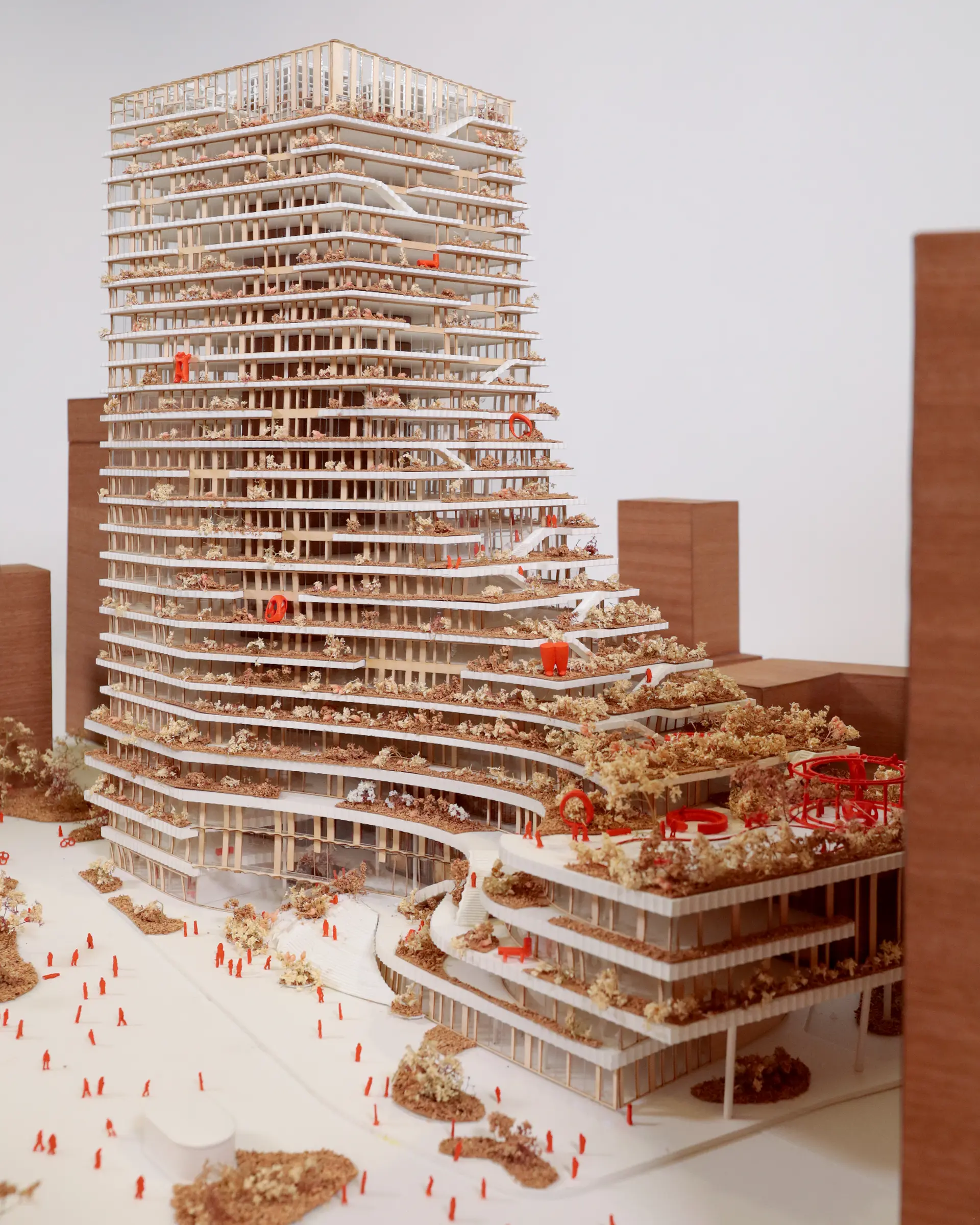
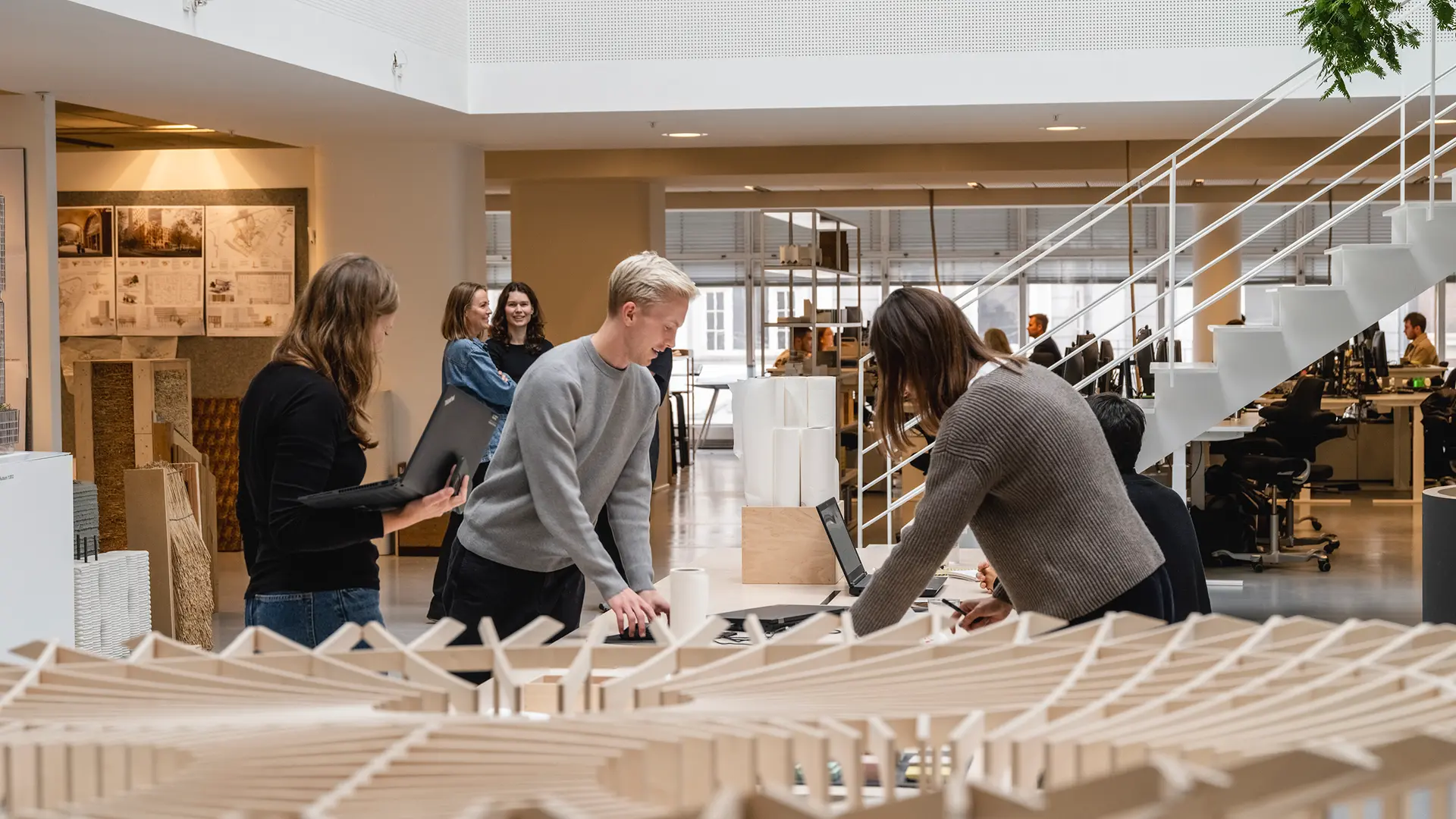
Disciplines
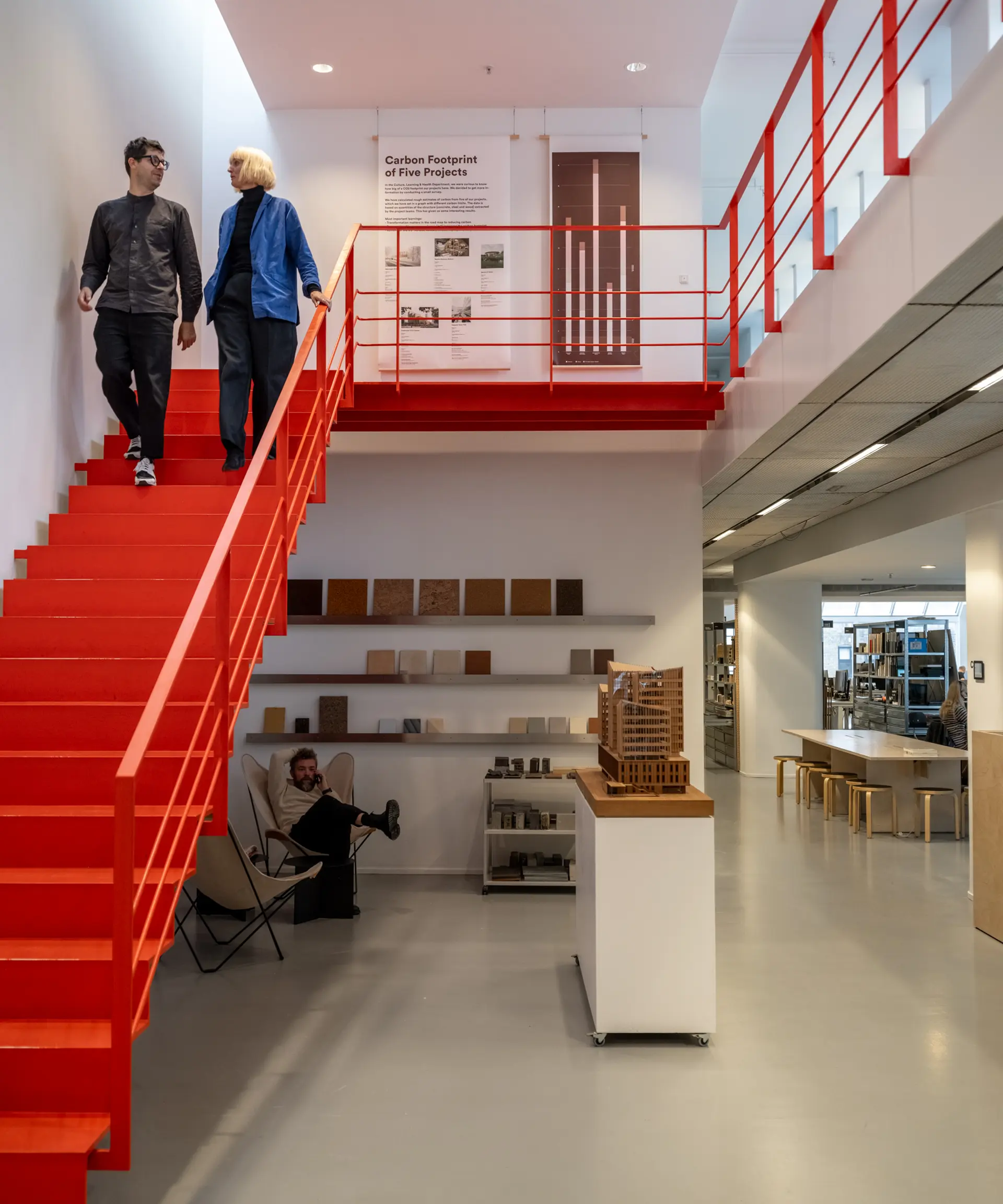
Working across architecture, landscape, and urbanism, we co-create, innovate, and cultivate desirable futures through design.
Situated at the intersection of creativity and experimentation, our work is oriented towards the lasting impact of our designs on communities, environments, or ecosystems.
All disciplines